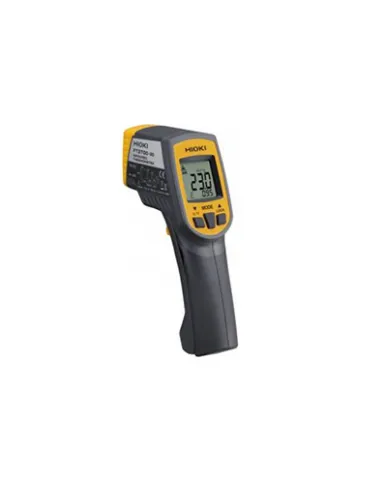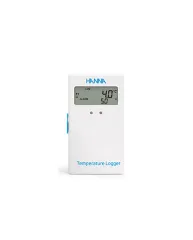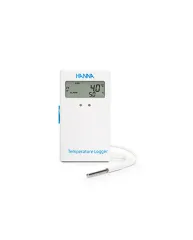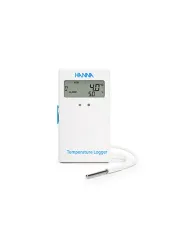
Infrared Thermometer - Hioki FT3700 - FT3701
Category :
Temp. Humidity and Lux Meter
Temp. Humidity and Lux Meter
Price :
Rp.2.400.000
More From Temp. Humidity and Lux Meter
Waterproof Thermologgers - Hi148-1
From storage to shipping, it’s important to monitor the temperature of your products to ensure that they are being stored in optimal conditions. Quick to setup, simple to use, the Hi148 Thermologgers are ideal for monitoring temperature in applications such as food processing, transportation, museums, and horticulture
Rp.123
See DetailsWaterproof Thermologgers - Hi148-2
From storage to shipping, it’s important to monitor the temperature of your products to ensure that they are being stored in optimal conditions. Quick to setup, simple to use, the Hi148 Thermologgers are ideal for monitoring temperature in applications such as food processing, transportation, museums, and horticulture
Rp.123
See DetailsWaterproof Thermologgers - Hi148-3
From storage to shipping, it’s important to monitor the temperature of your products to ensure that they are being stored in optimal conditions. Quick to setup, simple to use, the Hi148 Thermologgers are ideal for monitoring temperature in applications such as food processing, transportation, museums, and horticulture
Rp.123
See Details



